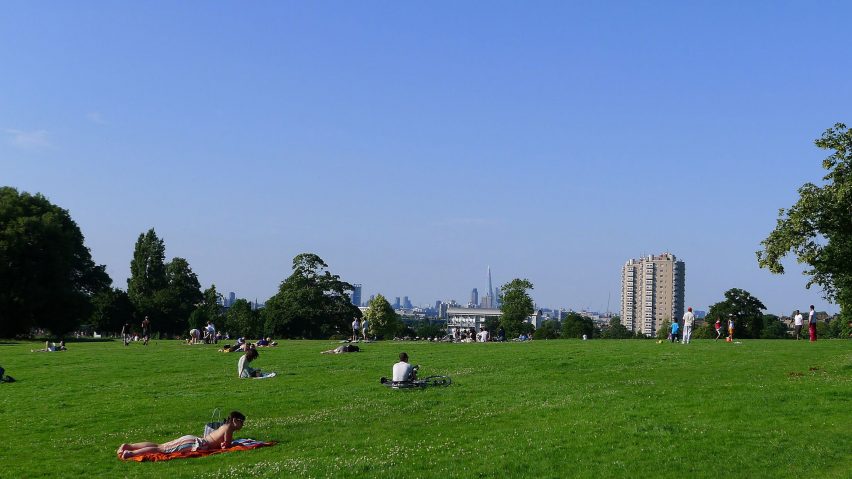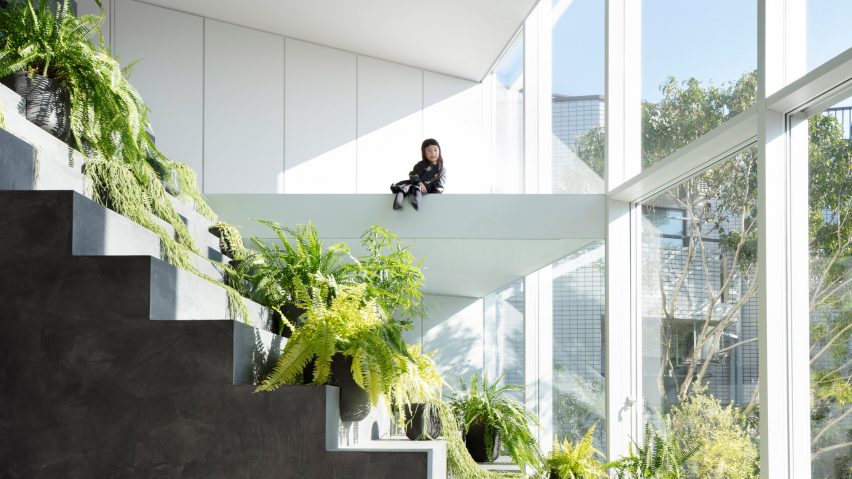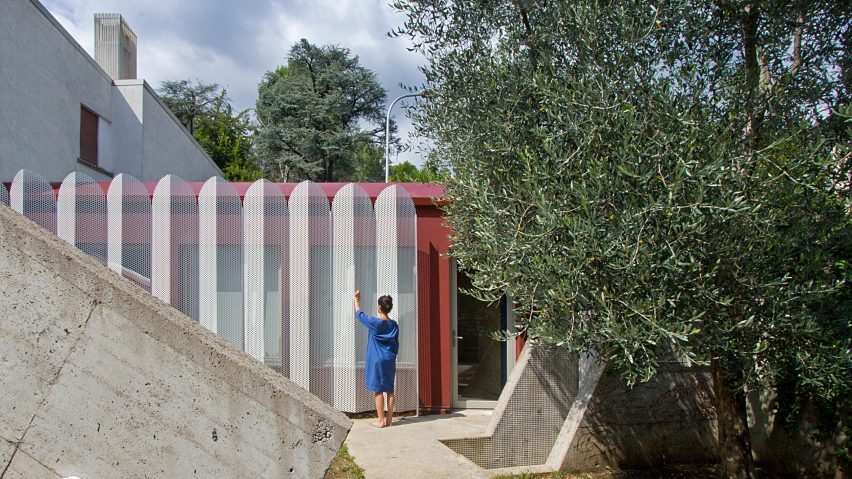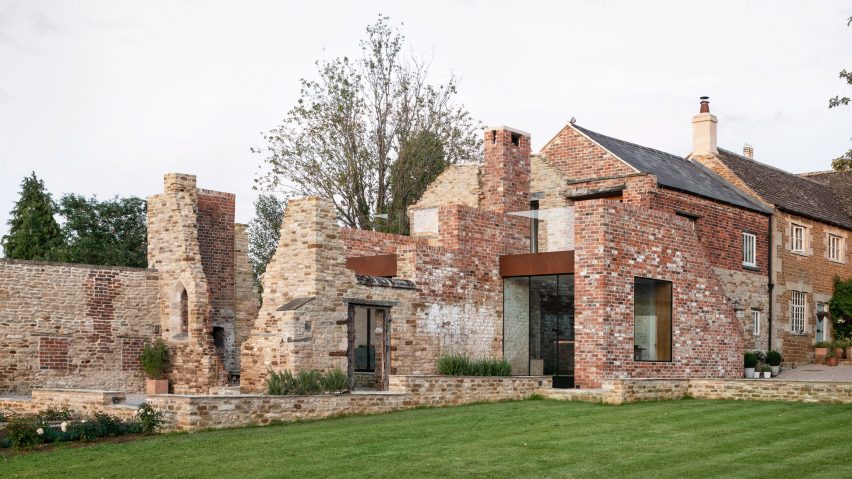
"Soon enough you'll be back roasting in your lovely parks"
This week, readers are debating whether closing parks is necessary in the fight against coronavirus.
Sun downers: readers are divided after architects used social media to argue against threats to close London's parks. One critic described the measure, aimed at controlling the coronavirus pandemic, as "collective punishment".
"Parks should be open because British people can't stay inside in 20c temperatures? Open a window and get a life," responded JMFM. "Soon enough you'll be back, roasting in your lovely parks. No one's taking away your freedom, just asking for common sense."
Red By Choice disagreed: "50 hectares – well that's 500,000 square metres, just shy of 600,000 square yards. So if there were 3,000 people there, that's around 20 square yards per person. Not exactly overcrowding."
"Of course parks shouldn't be closed, but they should be used responsibly," said Alfred Hitchcock. "3,000 people gathering together in Brockwell Park cannot be described as behaving responsibly! It's fine to go for a walk for an hour, as long as you keep your distance from others. It's not fine to spend a full afternoon sunbathing or having a picnic."
Ash K was also on the cautionary side: "Writing from my home office (spare room) in Spain. Today I will take a weekly trip to the shop and back, but I'm okay with that. Spain has reported a drop in cases for the last four consecutive days. Collective measures – note the absence of the word punishment."
One commenter had a nice message for Dezeen's British readers:
Should parks close? Join the discussion ›

One step too far: Nendo has caused controversy with its design for a family home in Tokyo. The house, which is home to three generations, has been labelled by commenters as dangerous thanks to a huge faux staircase which runs through the middle.
"Narcissistic house," said Idracula. "No empathy in this structure. Little regard for occupants or visitor safety. This is what you get without building codes. Nonsense!"
Get Back To Work felt similarly: "Never mind the stupid, non-functioning staircase and the sheer drops – the rooms themselves are just soullessly boring."
"This is an elegant, expressive, poetic, powerful structure. I am confused by the comments," replied And Room. "If everyone wants a run-of-the-mill, cosy little cottage or bungalow, or timber-framed three-bedroom, suburban potted-plant-safety palace, why are you reading this magazine?"
"Because we are able to recognise functional, well planned and executed architecture versus architecture that is more about someone's 'daydream' and/or the architect's 'ego stroking' to get another second of attention," responded Jay C White Cloud.
This reader loves one thing about the house:
Do you think the stairs are dangerous? Join the discussion ›

Micro wave: the porch of an Italian villa has been transformed into a 25-square-metre micro-apartment by architect Francesca Perani. It is supposed to be suitable for self-isolation, but not everyone is convinced.
"I like the use of perforated metal on the facade and I think the floor plan is indeed flexible," praised Leo. "But I find the all-OSB look a bit disturbing."
Troy Smith Studio agreed: "I don't even like using OSB for a substrate. Smells like shiat too."
"Good for temporary self-isolation," added Jack Woodburn. "As in a wooden jail cell."
Geof Bob had a different purpose in mind: "Useful as a doghouse for recalcitrant husbands."
The materials used concerned this commenter for a different reason:
Could you self-isolate in this small apartment? Join the discussion ›

Herd it here first: readers are swooning over an extension in Northampton, UK, which incorporates the ruins of a 17th-century parchment factory and old cattle shed. The project was completed by Will Gamble Architects.
"Just wonderful," said Gustav. "A place where you would equally love to spend a summer's evening, an autumn storm, or a cold winter's day."
"This could have gone sideways really quick," continued JZ. "But they prevented it from becoming a gimmick. The clarity between what was existing and what is new is well-balanced. The additions are clearly of this era, allowing the present owners to leave their mark and celebrate the ongoing adaptation of the building."
Aigoul was equally pleased: "Reading and looking at the pictures of this stunning renovation makes my confined day enjoyable and happy."
"Labour of love linking six centuries – poetry in stone, brick, wood and age, transcending both functional and formal issues," concluded Geof Bob.
This reader did have one gripe though:
Are you also in love with the renovation? Join the discussion ›